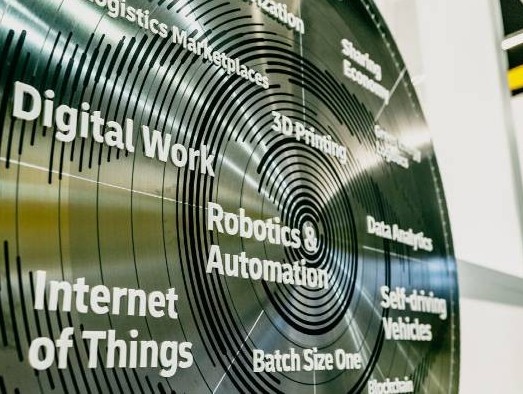
DHL Logistics Trend Radar reveals trends that will shape logistics in the future
The next big challenge will be future proofing the logistics workforce through training and upskilling in increasingly technologically sophisticated operations.

In the fifth edition of the Logistics Trend Radar, DHL once more has revealed 29 key trends that will impact the logistics industry over the next years. The Report is the result of an extensive analysis of macro and micro trends, as well as the insights from a large partner network including research institutes, tech players, startups, and customers.
“For us as logistics experts, it is important to forecast the challenges ahead and envision possible solutions so that we may best advise our customers. The mega trends that will continue to engage us are not unfamiliar: new technologies, growing e-commerce and sustainability,” says Katja Busch, Chief Commercial Officer, DHL. “But some areas will evolve faster than others, so there is the need to understand the underlying trends and their impact on logistics - not least because of the impact of COVID-19 on global commerce and the entire workforce. As a world leader in logistics, we have the insights and the expertise to evaluate the situation.”
Well over 20,000 logistics professionals and technology experts shared their perspectives on the future of the industry when visiting the DHL Innovations Centers over the last two years. The findings are consolidated and reflected on the Logistics Trend Radar which acts as a dynamic and strategic foresight tool that tracks the evolution of trends spotted in past editions, identifying present and future trends with every update.
“The next big challenge will be future proofing the logistics workforce through training and upskilling in increasingly technologically sophisticated operations. This will take center stage on the strategic agendas of supply chain organizations in the years to come,” said Matthias Heutger, Senior Vice President, Global Head of Innovation & Commercial Development at DHL. “The Logistics Trend Radar serves as seismograph for future trends. Based on data from the last seven years, we can make longer-term forecasts and thus support our partners and customers to create roadmaps for their business as well as helping to structure and catalyze further industry-leading research and innovations. In this edition, we already see the impact of COVID-19 is accelerating trends that were already well underway – big data analytics, robotics and automation, and IoT, all of which are underpinned by steady progress in artificial intelligence.”
Acceleration of transformation processes
The fifth-edition Logistics Trend Radar indicates that we are experiencing an overall stabilization of trends from the past four years. However, with the logistics industry weathering the current global pandemic, transformation processes have been accelerated. COVID-19 has driven changes regarding recent logistics innovation, automation, and digital work more rapidly and has accelerated industry digitalization by years. Conversely, many trends initially perceived as disruptive game-changers for the logistics industry have yet to deliver on their disruptive potential. Self-driving vehicles and drones continue to be held back by legislative and technical challenges as well as limited social acceptance. Logistics Marketplaces are stabilizing on a few leading platforms, and established forwarders are entering the game with their own digital offerings, backed with robust global logistics networks. From cloud computing to collaborative robotics, big data analytics, artificial intelligence, and the Internet of Things, logistics professionals have to make sense of a vast market of novel technology. Modernizing all touchpoints of supply chains, from an elegant digital or customer journey, through fulfillment transport and final mile delivery is the new imperative for long-term success. Those who adopt and scale new technology and upskill workforces fastest, will have a competitive advantage on the market.
E-commerce growth continues to advance innovation and sustainability agendas
E-commerce is still growing rapidly and yet represents only a fraction of global consumer retail spending. Business-to-business e-commerce is expected to follow suit and dwarfs the consumer market size by a factor of three. The coronavirus pandemic has served not only to accelerate both e-commerce growth and supply chain innovation agendas. Key moves to scale and adopt new technology like intelligent physical automation, IoT-powered visibility tools, and predictive capabilities from AI will ultimately determine the ability to fulfill heightened customer demands and secure industry leadership positions in the future.
With governments, cities and solution providers commit to cut down on CO2 emissions and waste, sustainability now is an imperative for the logistics industry. Indicated by the increasing demand on sustainable solutions to reduce waste, leverage new propulsion techniques and optimize facilities, it is also on top of the supply chain agendas. Today, 90+ national bans on single-use plastics exists and bulky packaging causing 40 percent parcel void space, making a rethinking of the packaging inevitable. Sustainable Logistics – optimization of processes, materials, new propulsion techniques, and smart facilities – provide huge potential for logistics to become more environmentally friendly. Smart Containerization in transportation will also be important in developing environmentally friendly formats for delivery in congested cities.

